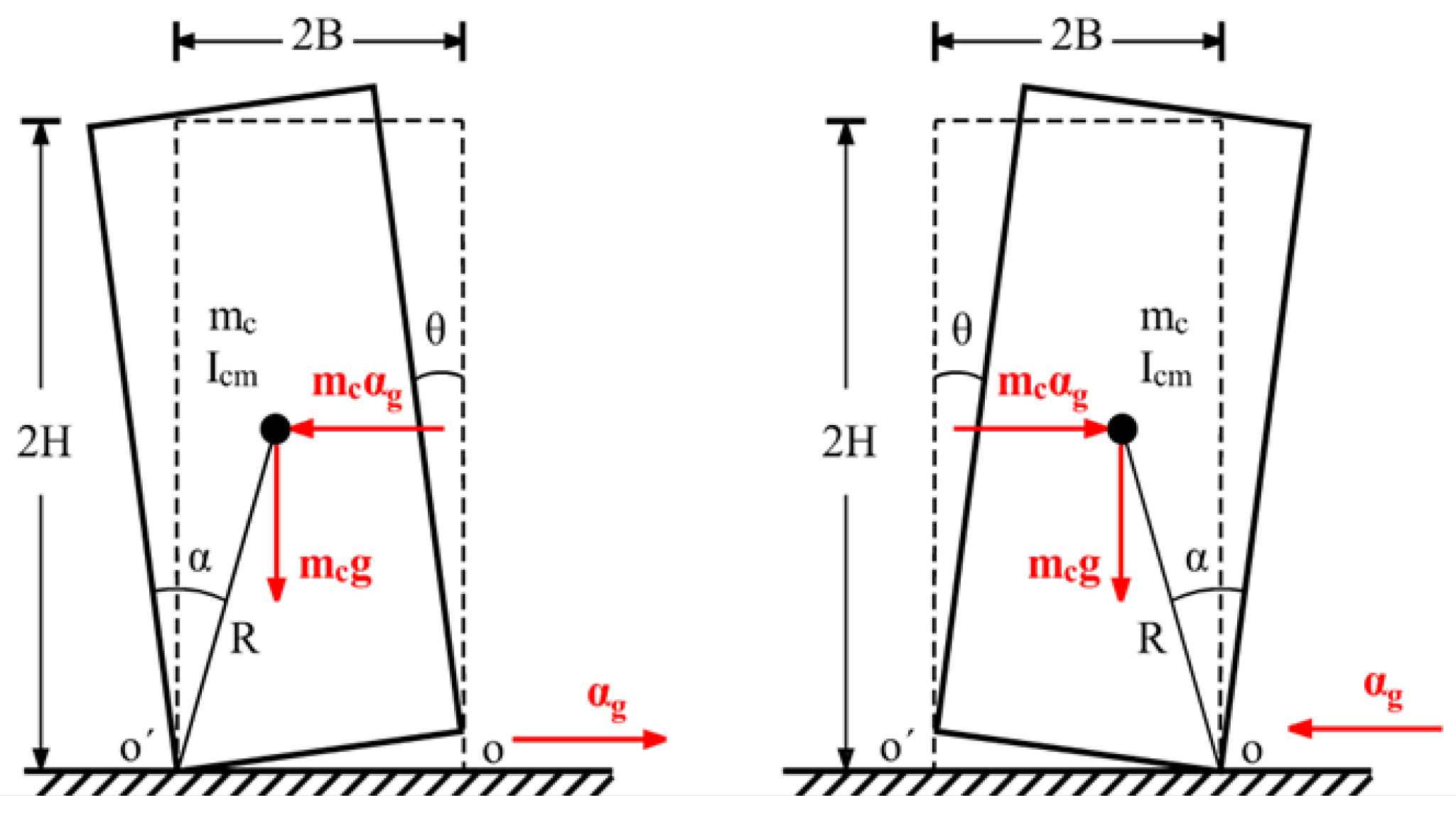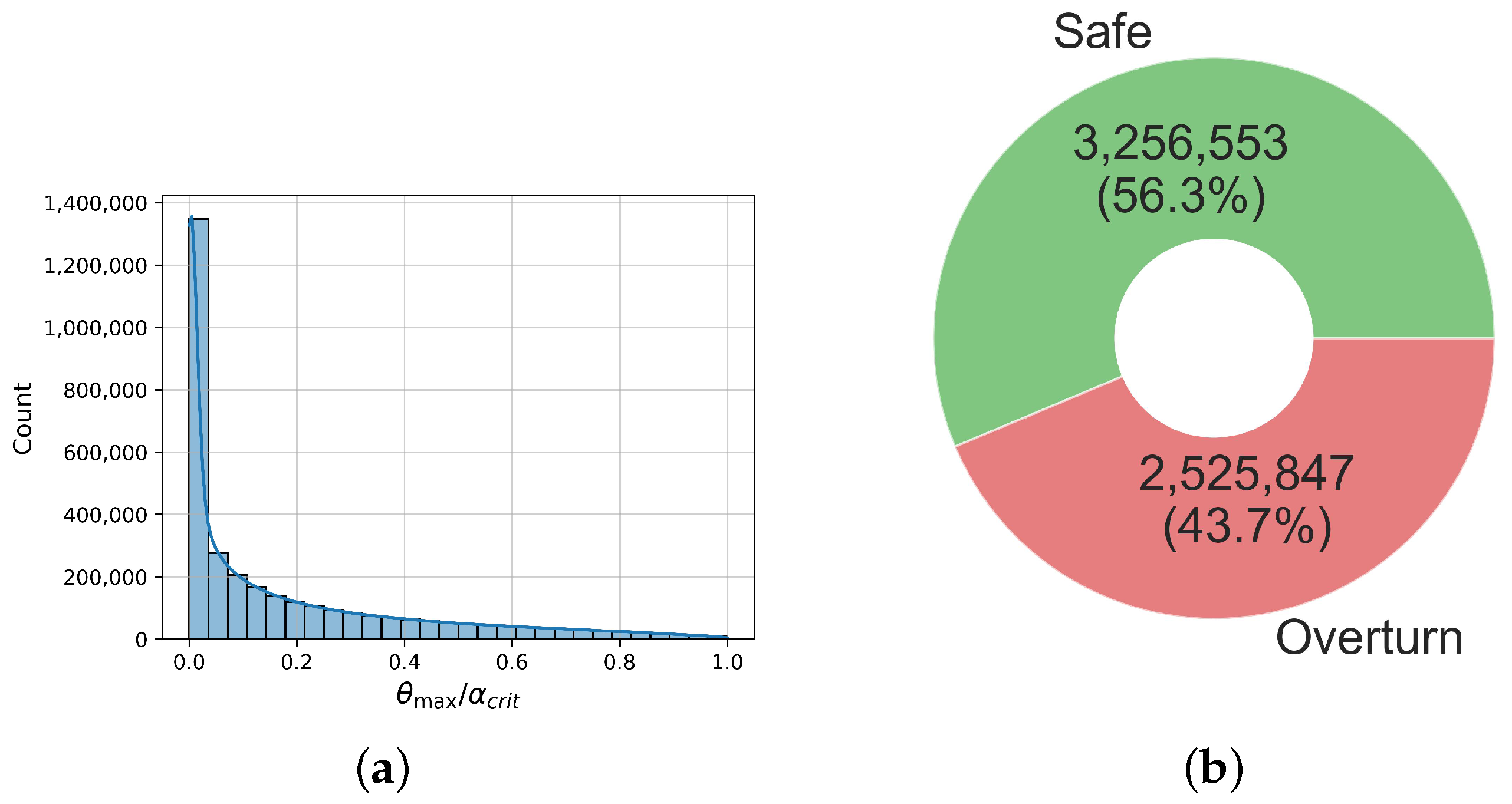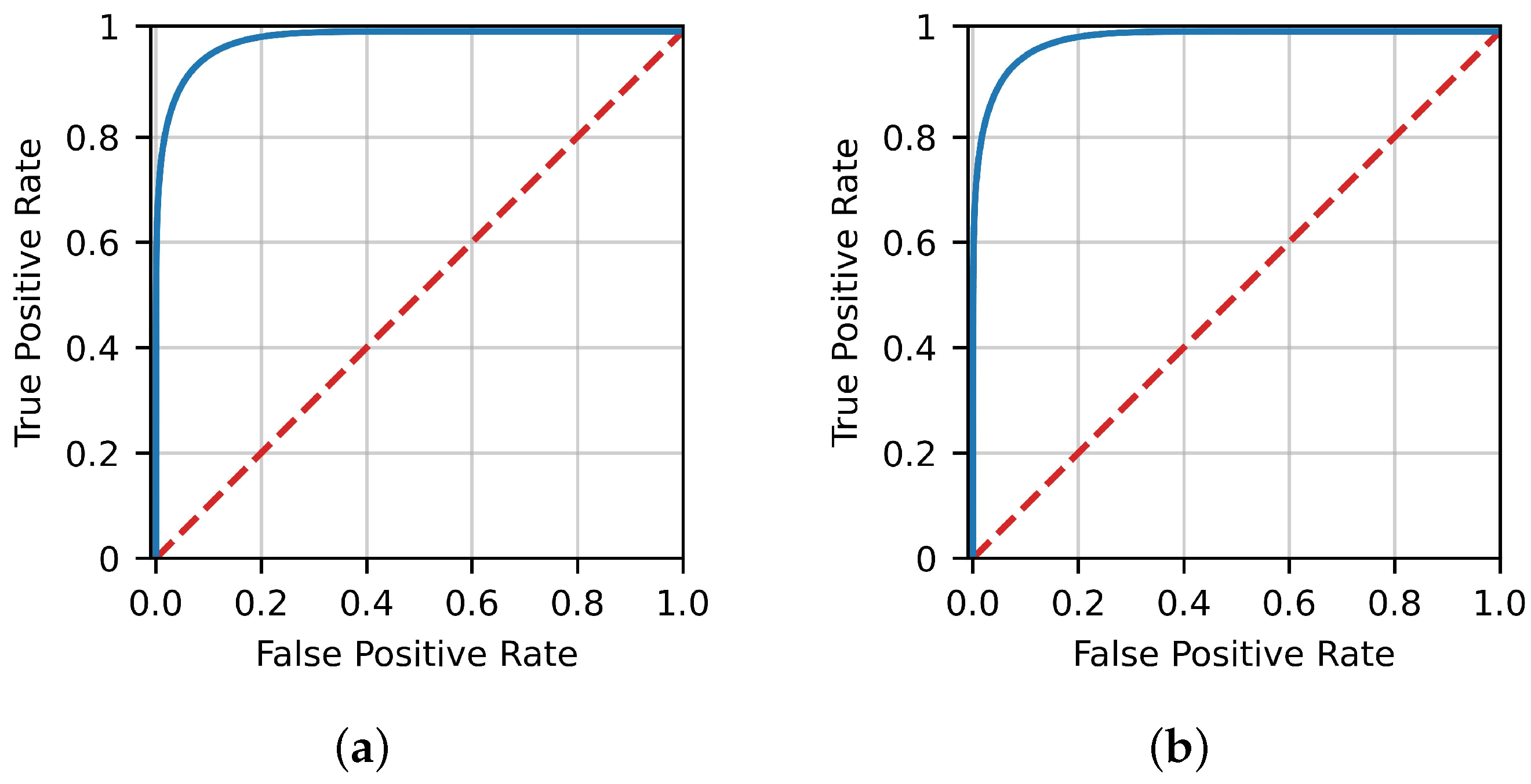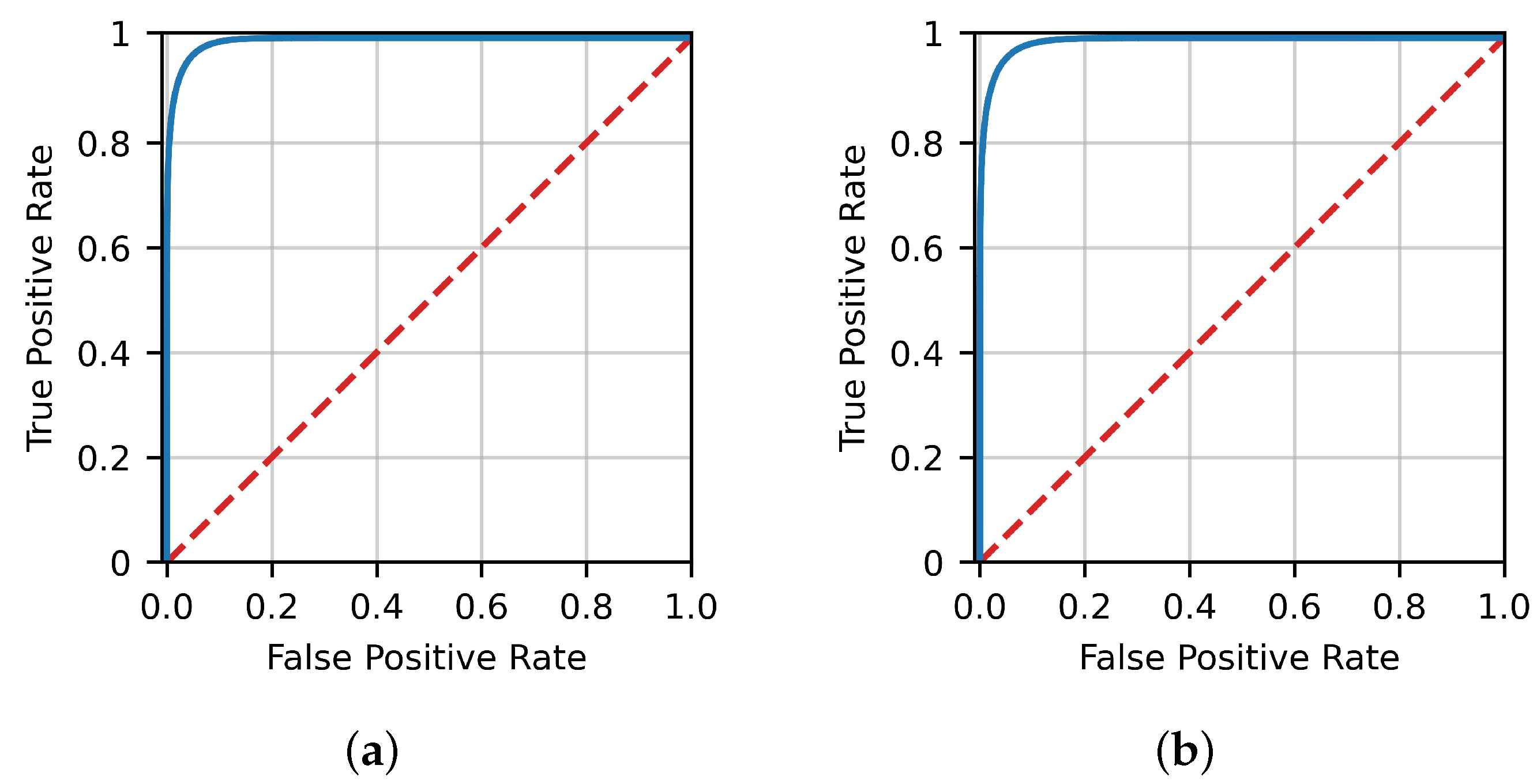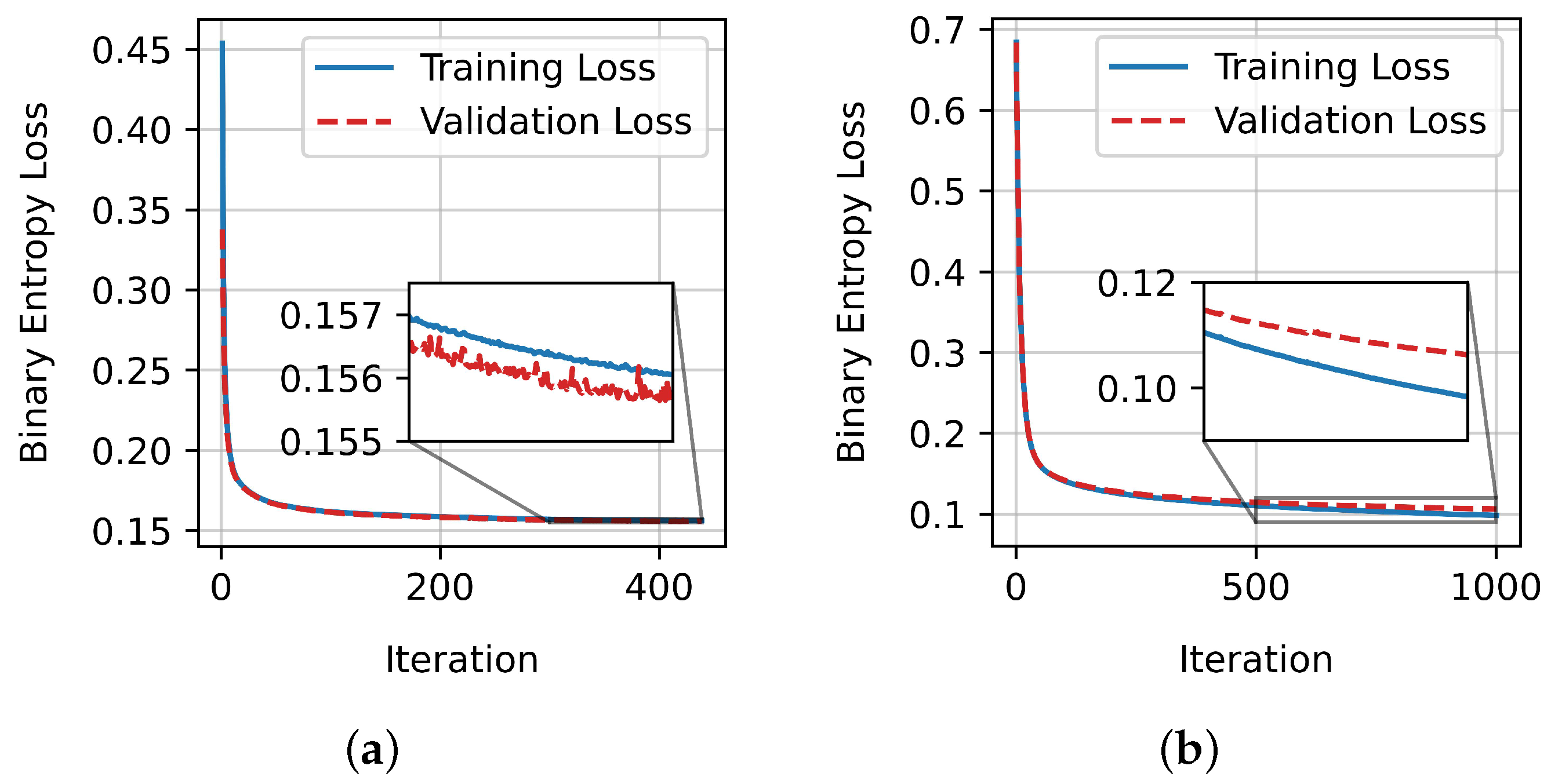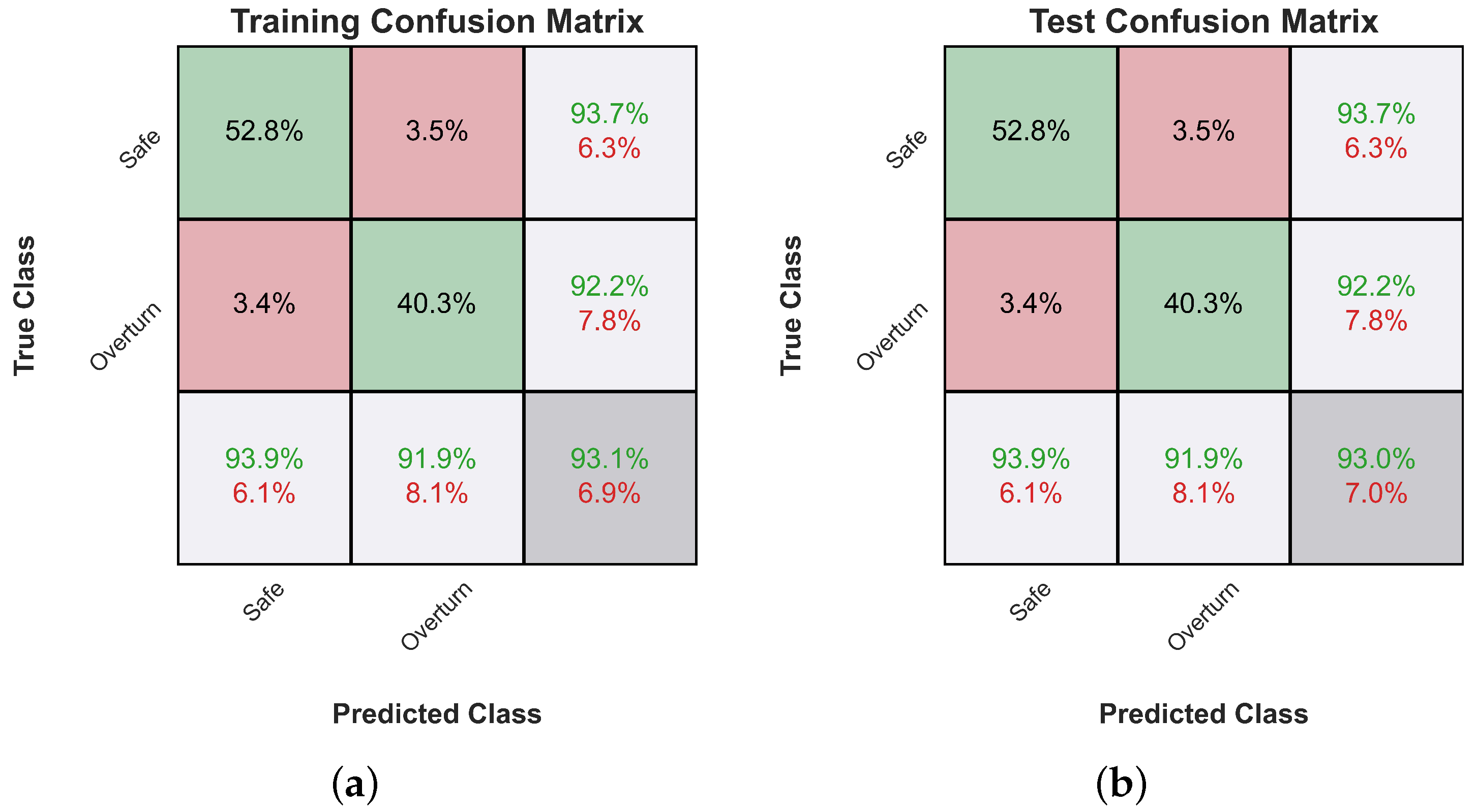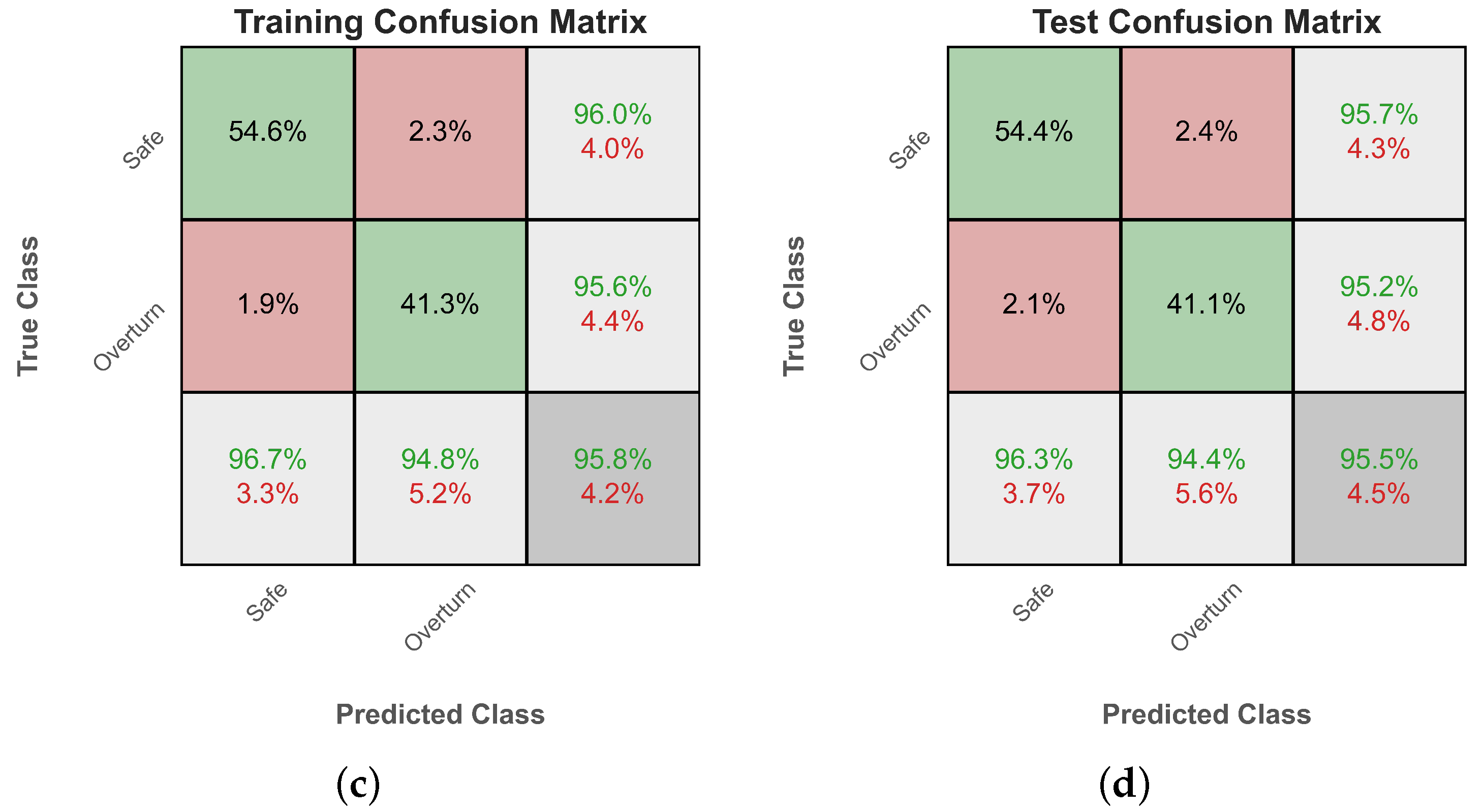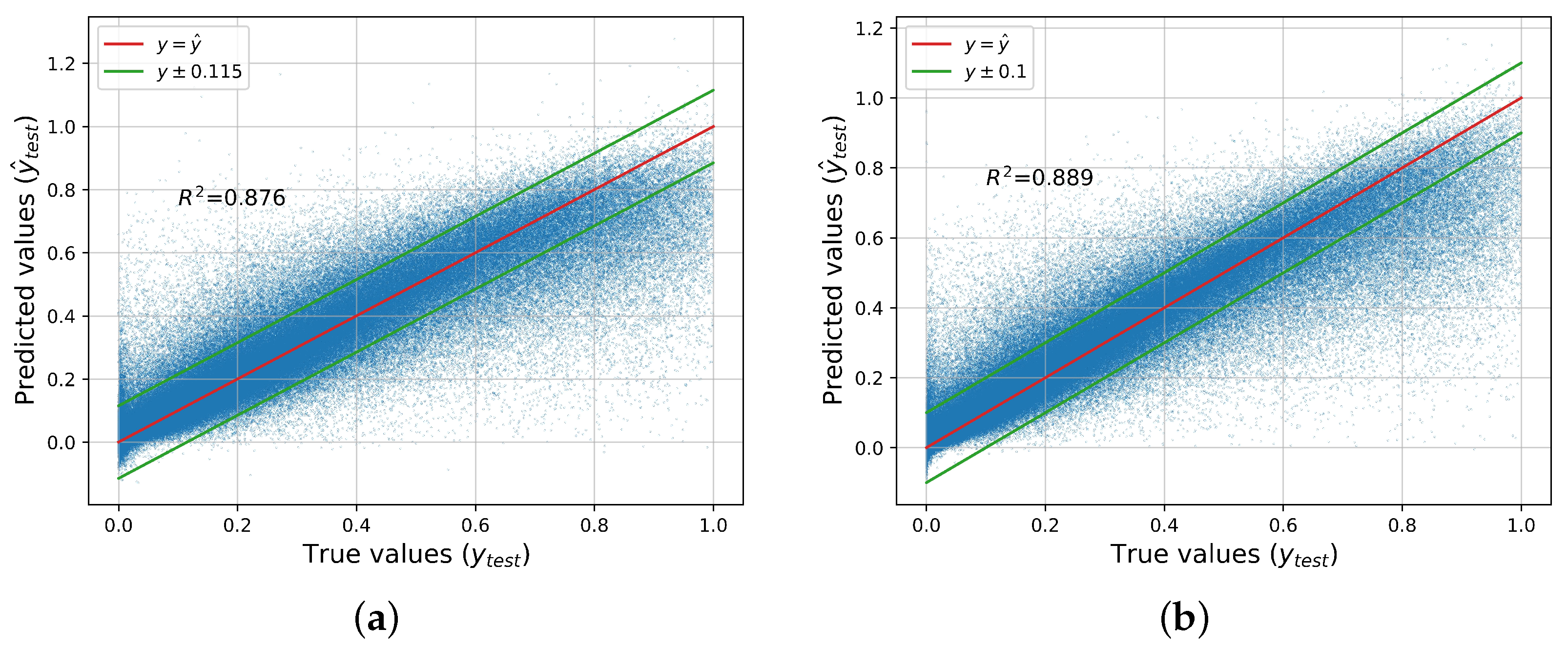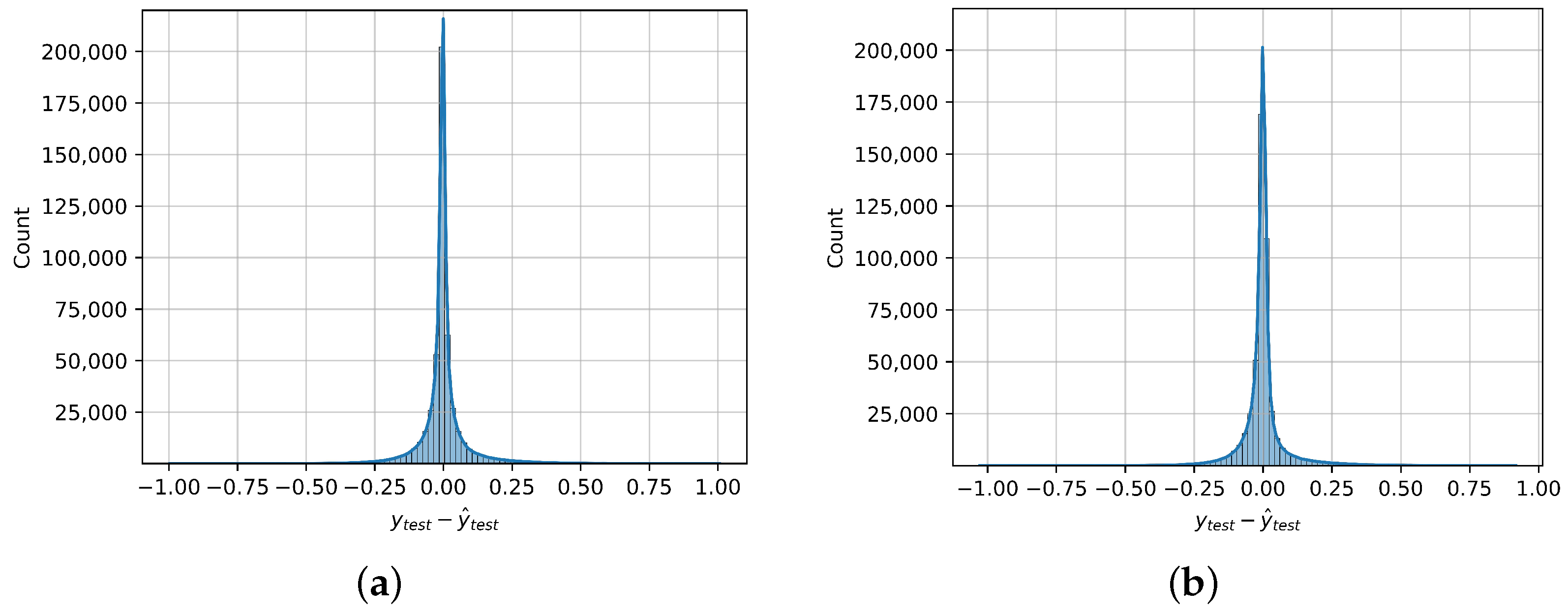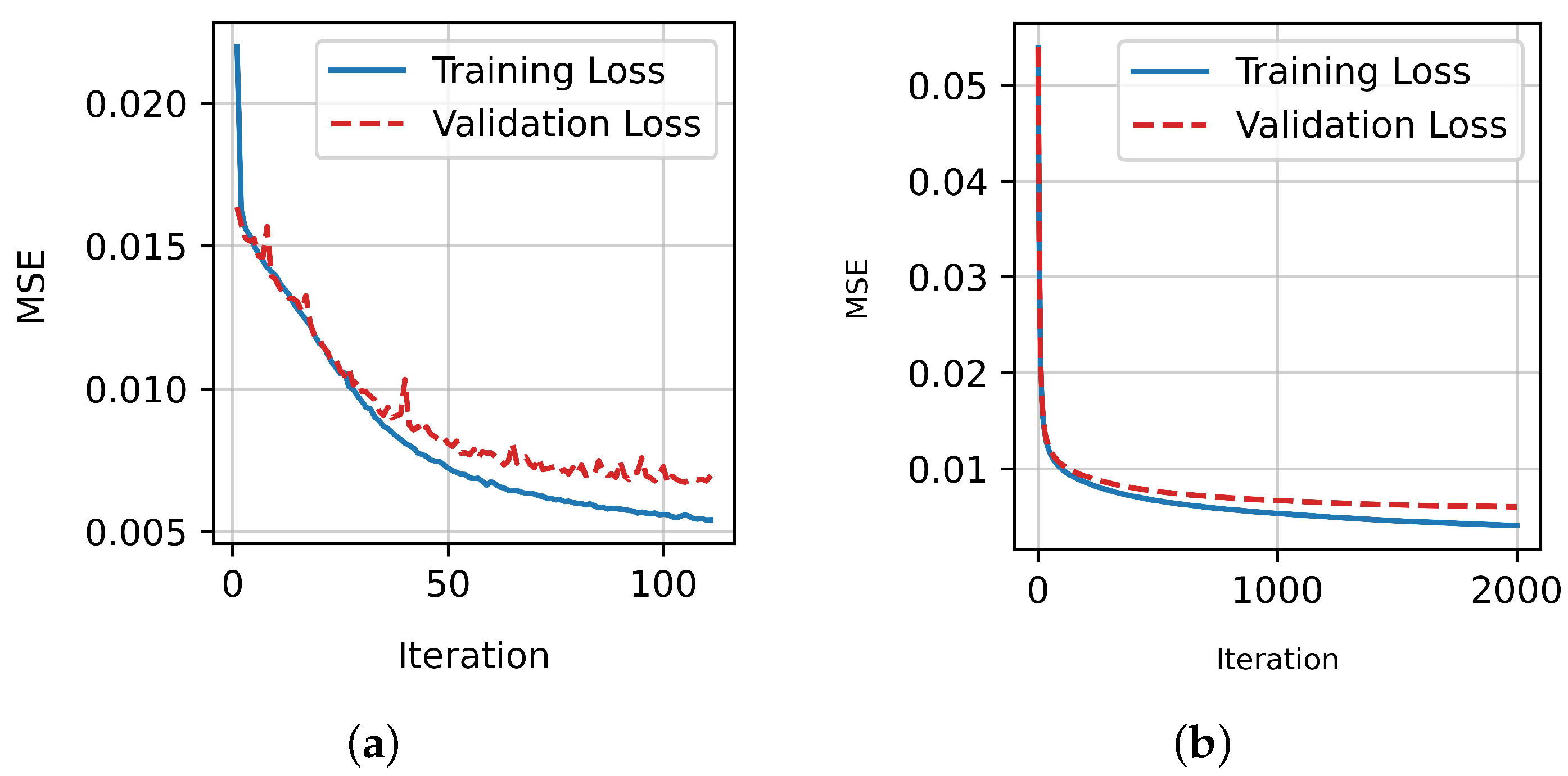1. Introduction
In light of field observations conducted in the aftermath of the 1960 Chile earthquakes, a prevailing consensus has emerged, underscoring that the uplifting and rocking of structures on their foundations during severe ground motions leads to an enhancement of seismic performance [
1]. In contrast to fixed-base structural systems, whose seismic response is primarily governed by the dissipative energy process occurring at predefined locations through damage, free-standing structures’ rocking response results in diminished structural damage, owing to the presence of negative post-uplift stiffness [
2]. Apart from large-scale structures [
3,
4,
5,
6,
7,
8,
9,
10,
11,
12,
13], non-structural elements within buildings may also uplift and rock [
14,
15,
16] in response to floor accelerations [
17,
18].
The pioneering work of Housner [
1] highlighted the key features of rocking block dynamics. In particular, the initiation of the rocking effect under earthquake loading necessitates a minimum threshold of acceleration, the value of which is contingent upon the system’s geometry. After uplift, the system exhibits negative stiffness, attributable to its self-weight acting as a restoring force. Due to the negative stiffness, the vibration period of a rocking oscillator is not constant but continually varies, depending on its rotation, while the stability of rocking bodies is governed by scale-size effects. With the recognition of the beneficial effects of rocking response on the seismic performance of structures, a plethora of researchers have studied the phenomenon [
19,
20,
21,
22].
It is imperative to ensure that the system will remain stable and not undergo overturning during its dynamic response in order to harness the advantages of the rocking effect. From this point of view, estimating the maximum rocking response is essential. Nonetheless, achieving this objective is not a straightforward endeavor, primarily attributable to the pronounced non-linearity inherent in the motion, which arises from the negative stiffness characteristic of the rocking oscillator [
2]. It is apparent that even minor alterations in the parameters of the rocking oscillator or in the attributes of the ground motion record yield entirely distinct responses [
23]. Hence, the seismic response of rocking systems should be assessed within a probabilistic framework [
24,
25,
26,
27,
28,
29,
30,
31]. To this end, it is necessary to perform a vast number of non-linear time history analyses to assess the probabilistic distribution of seismic demands.
It is evident that non-linear time history analysis of structures is a time-consuming process that also requires high computational resources. To overcome this bottleneck, a substantial research effort in the field of soft computing methods for the rapid evaluation of the seismic response of structures has been undertaken over the past two decades. The majority of machine learning (ML) applications in this field primarily focus on predicting seismic demands for various types of structures, including reinforced concrete [
32,
33,
34], steel [
35,
36,
37], and timber [
38] buildings, as well as bridges [
39]. For bridges, in particular, methods such as convolutional neural networks (CNNs), in conjunction with signal processing, have been implemented for early damage detection and warning [
40]. In addition to capturing the precise values of engineering demand parameters (EDPs), the capability of machine learning methods to classify seismic responses into levels corresponding to different damage limit states has been investigated [
41,
42,
43]. Given that assessing the seismic performance of structures in terms of fragility is the basis of performance-based earthquake engineering, numerous applications of ML methods in seismic fragility and risk have also been presented in the literature [
44,
45,
46].
Although there is a plethora of ML implementations on fixed-based or seismically isolated structures, there is a lack of implementations on rocking structures. To the best of the authors’ knowledge, there are only four studies that utilize ML algorithms to predict the response of rocking oscillators. Specifically, Gerolymos et al. [
47] developed an ANN to predict the overturning response of rigid blocks under pulses, while Pan et al. [
48] proposed an ANN with adaptive training to predict the time-history response of a rocking block. Moreover, Achmet et al. [
49] implemented ML algorithms to predict whether or not a given rocking block will overturn under pulse excitations and natural ground motions. Recently, Shen and Málaga-Chuquitaype [
50] presented a physics-informed convolutional NN for the simulation of the rocking motion of rigid blocks.
The present study aims to evaluate data-driven methods for the estimation of the seismic demands, in terms of rocking rotations, of free-standing rigid blocks under seismic excitations. To this end, 1100 rigid blocks subjected to 15,000 ground motions were analyzed, and a dataset of 16,500,000 responses was generated, covering a wide range of free-standing structures. Since rocking oscillators may overturn during the response, classification ML algorithms are evaluated to predict structural collapse. In cases where the rocking oscillator presents a stable response, regression ML algorithms are utilized to predict the maximum rocking rotation.
The novelty of the present study compared to the publications mentioned above is threefold. Firstly, the modeling is not limited to whether or not overturning occurs, as in [
49], but a regression model was also built to estimate the maximum rotation angle in cases where overturning does not occur. Moreover, unlike Pan et al. [
48], this maximum rotation angle is estimated directly, instead of computing the whole time-history response of the rocking block. Finally, a larger dataset with a richer set of features is employed, allowing the models to learn more complex patterns in the data.
Our paper is organized as follows. In
Section 2.1 and
Section 2.2, the basic theory of the rocking block problem is described, as well as the features that comprise our dataset. In
Section 3, the ML algorithms that are employed for the classification and regression are presented. Finally, in
Section 4, the main results of our methodology are discussed, using well-known classification and regression metrics.
4. Results
To train our classification and regression models, a so-called 70-15-15 split was employed. Thus,
of our dataset was used for training, from which the algorithm learned the patterns in the data. Another
was used as a holdout validation set, which measures the evolution of the performance during training and instructs the algorithm to stop if this deteriorates. Finally,
of the data, which the algorithm had not used before, neither for training nor validation, were used as a test set to measure its performance on truly unseen data. In
Section 4.1, the results for the classification algorithms are presented, while
Section 4.2 presents the results of the regression.
4.1. Classification Results
In order to measure the performance of our classification models, some well-known classification metrics were computed, specifically [
77]
where in the above
, and
are the number of true positive, false positive, false negative, and true negative instances, respectively. In addition to the above, we computed the so-called logistic loss (log-loss), also called binary cross-entropy, which is defined as
where in the above
N is the number of vectors in the dataset,
are the model’s predictions, which correspond to the probability that a given vector belongs to the positive class and
are the actual class labels. Finally, we computed the so-called area under the curve (AUC), which quantifies the balance between the false positive and true positive rates of the model [
77].
Table 4 summarizes the above metrics for the two examined classifiers.
The best-performing classifier, gradient boosting, achieved an overall accuracy of . This fact indicates the overall success of the algorithm to accurately assess the safety of the rigid rocking block under seismic excitation. In addition, the classification metrics are approximately equal for both classes, enhancing the reliability of the predictions.
Figure 3 presents the FP-TP rate curves (ROC curves) for ANN, while
Figure 4 presents the corresponding curves for Gradient Boosting. It can be readily observed that a very high true positive rate can be achieved without a corresponding large false positive rate.
Subsequently,
Figure 5 shows the evolution of the training loss of the two examined classifiers. The training stops either when the maximum number of iterations is reached, or when the gain in the validation loss, i.e., the loss measured on a holdout subset of the training set, becomes too small compared to the gain in training loss, i.e., when there is the risk of overfitting. Overfitting would manifest with a significant gap between the training and validation loss curves (generalization gap). However, as can be readily observed, the two curves are very close in our case, so no overfitting has occurred. Finally,
Figure 6 shows the corresponding confusion matrices [
77] for the train and test set for both classifiers.
4.2. Regression Results
Similarly, to measure the performance of our regression models, the well-known metrics of root mean squared error (RMSE), mean absolute error (MAE), and coefficient of determination
are employed.
Table 5 summarizes the employed regression metrics and their corresponding formulas, while
Table 6 summarizes their computed values on the test set for both regression models examined here.
We can readily observe that the gradient boosting regressor outperforms the regression tree, although not by a huge margin. Low MAE, MSE, or RMSE values show that the regression model has high accuracy, which is desired. On the other hand,
indicates how well the considered independent variables explain the variability of the dependent parameter. RMSE is a more robust index, indicating how well the model will fit with unseen data (generalization). The RMSE is almost double the MAE for both models, due to the presence of a few very large values in the models’ errors. In
Figure 7, the predictions
of the two best-performing models, gradient boosting and ANN, versus the actual values
of the test dataset, are presented. We also present the thresholds for which we find that approximately
or more of the model’s predictions lie within this distance from the true value.
In
Figure 8, we present the distribution of the errors in the models’ predictions on the test dataset, along with its kernel density estimation. The errors are not normally distributed, as their distribution is leptokurtic, with
, where 3 is the kurtosis of the normal distribution. This fact also means that the distribution has fatter tails and some extreme values exist. However, as was previously mentioned, more than
of the errors of the best-performing regressor are in the interval
. Furthermore, it can be observed that the errors appear to be symmetrically distributed around 0, and indeed, both the mean and median of the errors are very close to 0, with values of
and
, respectively. That means that the model is unbiased, i.e., it does not systematically over or underestimate the true value.
Finally,
Figure 9 displays the evolution of the mean squared error of the two best-performing regressors. There is no significant gap between the loss on the training and validation datasets; thus, the algorithms did not overfit.
5. Summary and Conclusions
In the present paper, we applied ML algorithms to the problem of predicting the response of a rigid block under seismic excitation. On the one hand, we considered the problem of whether or not the block is overturning, and we used classification algorithms to approach it. On the other hand, we considered the problem of predicting the maximum rotation of the block in the cases where it does not overturn, and we used regression algorithms for our modeling. Departing from previously established literature, we predicted this maximum rotation directly instead of computing the whole time history of the rotation.
We obtained a classification accuracy on our test dataset of . That indicates the overall success of the algorithm to accurately assess the safety of the rigid rocking block under seismic excitation. In addition, the classification metrics are approximately equal for both classes, enhancing the reliability of the predictions. Finally, the algorithms exhibited no overfitting since the training and validation loss curves are very close. That indicates that the model generalizes well and its predictions are reliable on completely unseen data.
Similarly, for the regression task, we obtained an
, with a mean absolute error of
on the test dataset. The RMSE was higher (≈0.078), and this is due to the presence of a few very large errors. However, we observed that the model is unbiased, i.e., both the mean and median of the errors are very close to 0. In addition, the errors appear to be symmetrically distributed around 0, and in conjunction with the absence of bias, this implies that the model does not systematically over or underestimate the true values. Finally, similar to the classification task,
Figure 9 demonstrates that there is no overfitting in the model; thus, its predictions are reliable on completely unseen data.
Overall, the results are encouraging and support the applicability of such methods to dynamic analysis problems, without the need to perform time-consuming and computationally intensive simulations. Since the rocking phenomenon is highly sensitive to parameters’ variation, the design of these systems should be treated probabilistically. From this point of view, the trained model can be used to rapidly generate a vast amount of response data to evaluate seismic fragility, which is a key component for seismic design and assessment. Potential future research steps could include the analysis of patterns on the misclassified input vectors, or cases where the regression error is very large. That could improve the already very good performance of the algorithms. Finally, the applicability of this method to similar dynamic problems could also be explored.
